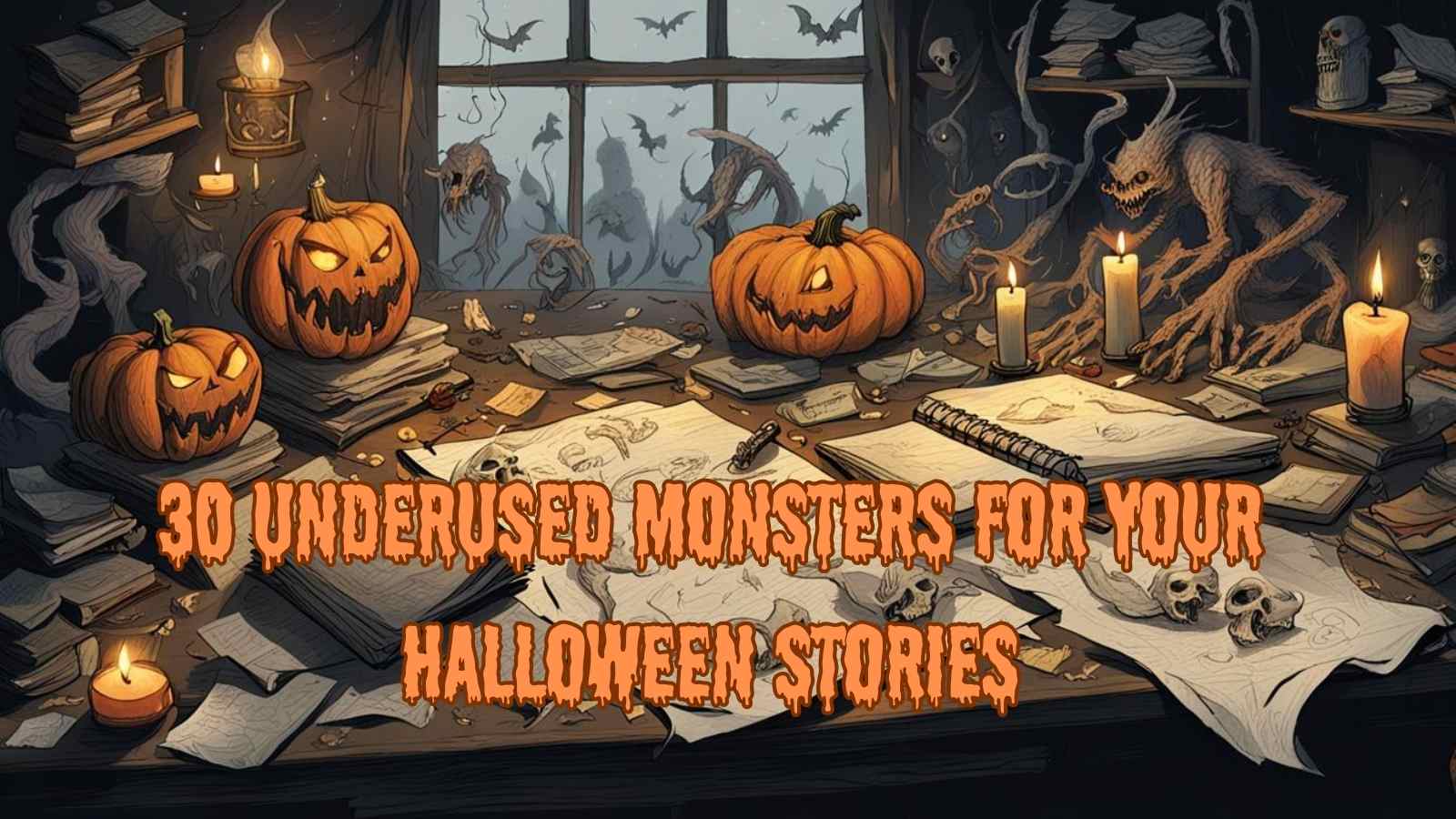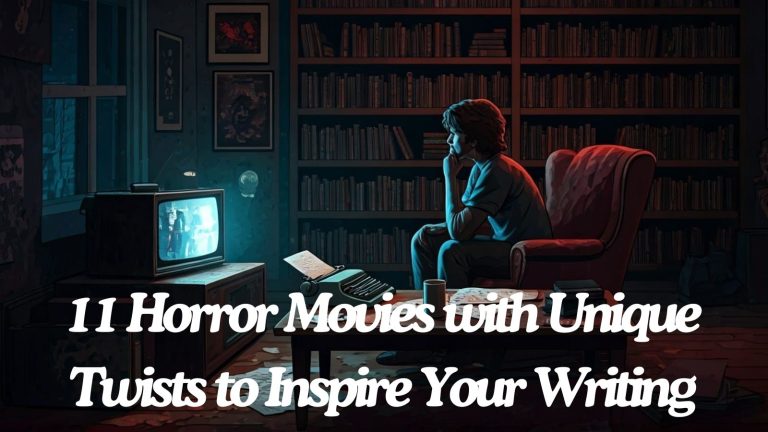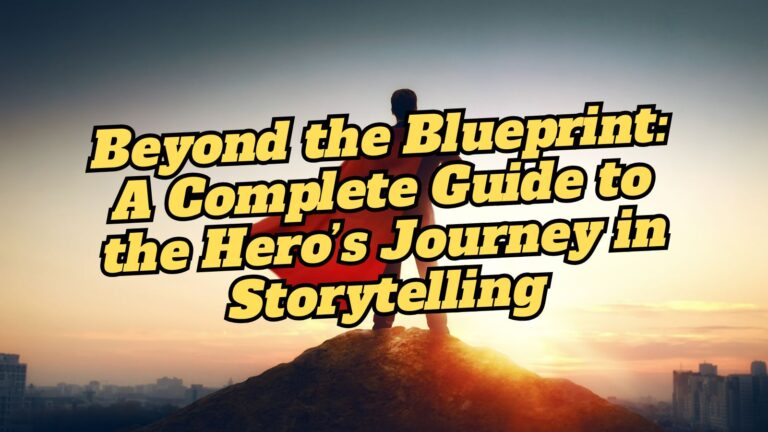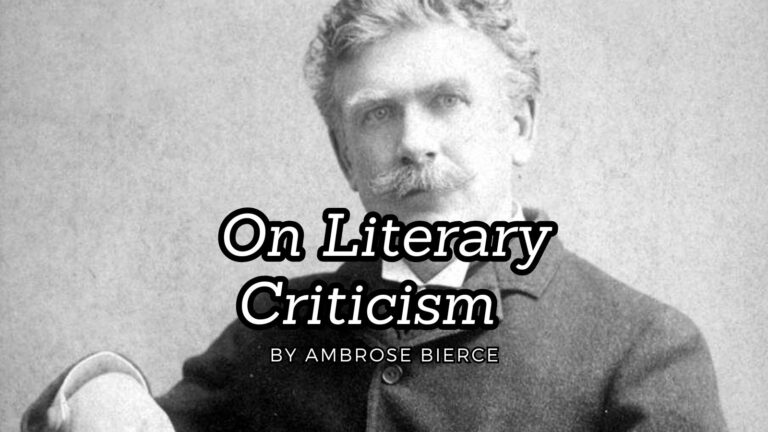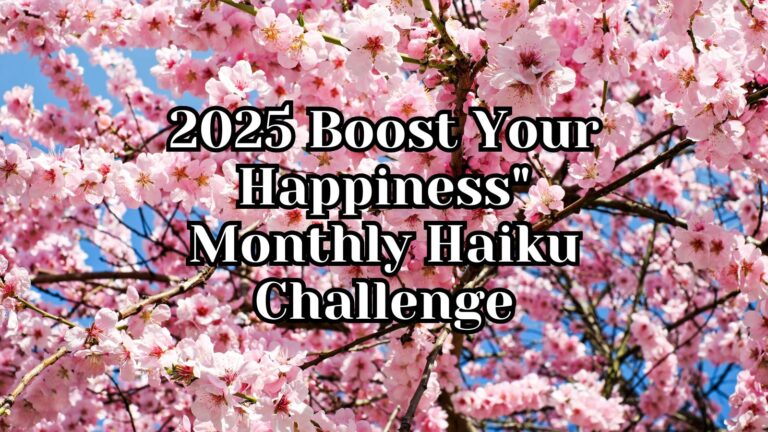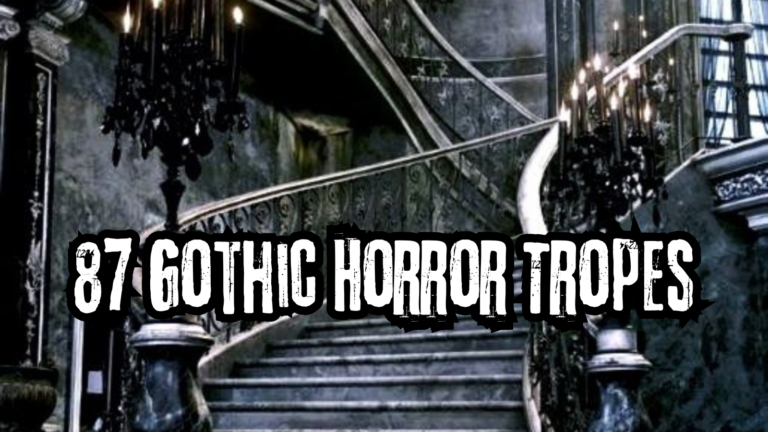30 Underused Monsters for Your Halloween Stories: Fresh Frights from Global Folklore
When the crisp autumn air settles in and jack-o’-lanterns begin to flicker on porches across the land, the familiar specters of Halloween fiction emerge once more. Vampires with their seductive allure and werewolves with their primal fury have long dominated the landscape of spooky storytelling. These iconic monsters, deeply ingrained in our cultural consciousness, have become as synonymous with Halloween as candy corn and costume parties. Their enduring popularity is a testament to their power to captivate and terrify audiences across generations.
However, as with any well-trodden path, the territories of vampires and werewolves have been extensively explored. Writers and readers alike may find themselves yearning for fresh frights and novel nightmares to break free from the predictable tropes that have become all too familiar. In a genre that thrives on the unexpected and the uncanny, relying solely on these classic monsters risks turning spine-tingling tales into formulaic fiction. This is where the vast, often untapped reservoir of lesser-known mythological beings and innovative monstrous creations comes into play, offering a treasure trove of inspiration for those brave enough to venture beyond the familiar.
The world of mythology and folklore is teeming with a rich tapestry of creatures that can add fresh dimensions to your seasonal storytelling. By delving into the shadowy realms of underused monsters, writers can breathe new life into Halloween fiction, offering readers unexpected thrills and broadening the horizons of horror literature. These lesser-known entities, drawn from diverse cultures and mythologies, provide an opportunity to explore unique characteristics, complex lores, and fresh narrative possibilities that can set your work apart in the crowded horror genre.
From shape-shifting terrors that blur the lines between human and beast, to psychological tormentors that prey on the mind’s deepest fears, from tangible threats lurking in the shadows to ethereal haunters that defy the laws of physics, each of these monsters brings its own distinct flavor of fear to the table. As we explore their origins and potential applications in modern storytelling, consider how these creatures might inhabit your next Halloween tale, bringing with them the promise of fresh scares and unexplored terrors. These entities offer not just new faces for fear, but also windows into different cultural perspectives on what it means to be monstrous, allowing writers to tap into a global heritage of horror.
Whether you’re crafting a short story to send shivers down your readers’ spines, penning a novel that will keep them up all night, or scripting a screenplay destined to terrify audiences on the big screen, these underutilized monsters provide a wealth of creative possibilities. They offer unique abilities, complex motivations, and rich backstories that can serve as the foundation for compelling narratives. By incorporating these lesser-known creatures into your Halloween fiction, you have the opportunity to educate as well as frighten, introducing your audience to the diverse tapestry of global folklore while delivering the scares they crave.
So, let us embark on a journey through the shadows, venturing off the well-worn paths of Transylvania and moonlit forests into the uncharted territories of Halloween horror. In the following list, we’ll explore thirty of the most intriguing, yet underutilized, monsters from various mythologies and folklores around the world. Each entry will provide not only the creature’s origin but also a brief explanation of its characteristics and potential use in storytelling. As you peruse this menagerie of the macabre, let your imagination run wild with the possibilities they present. These creatures are waiting in the wings, ready to step into the spotlight and redefine what it means to be truly terrifying in the modern age of horror fiction. Prepare to discover new favorites and unexpected frights as we delve into this compendium of creatures designed to inspire your spooky season writing and push the boundaries of Halloween horror.
- Wendigo Origin: Algonquian-speaking peoples of North America Explanation: A malevolent spirit associated with cannibalism, insatiable hunger, and winter. The Wendigo can possess humans, driving them to cannibalistic acts. It’s often depicted as a gaunt, emaciated creature with deer-like features.
- Banshee Origin: Irish folklore Explanation: A female spirit who heralds the death of a family member by wailing or keening. Banshees are often depicted as pale women with long hair, providing opportunities for both auditory and visual horror.
- Golem Origin: Jewish folklore Explanation: An animated anthropomorphic being created from inanimate matter, typically clay. Golems are powerful but often mindless servants, offering potential for stories about the dangers of creation without wisdom.
- Aswang Origin: Filipino folklore Explanation: A shape-shifting monster that can appear human by day but transforms into a blood-sucking creature at night. Aswangs are often associated with pregnant women and unborn children, adding a layer of visceral horror.
- Bakhtak Origin: Persian folklore Explanation: A sleep paralysis demon that sits on a person’s chest at night, causing nightmares. This creature can be used to blur the lines between dreams and reality in horror stories.
- Nuckelavee Origin: Orcadian mythology (Orkney Islands, Scotland) Explanation: A skinless horse-like creature with a human torso on its back. Known for its cruelty and ability to cause drought and disease, the Nuckelavee offers a visually striking and terrifying monster.
- Skinwalker Origin: Navajo folklore Explanation: A type of harmful witch who can transform into, possess, or disguise themselves as an animal. Skinwalkers provide opportunities for shapeshifter stories with a unique cultural background.
- Kitsune Origin: Japanese folklore Explanation: Intelligent fox spirits with the ability to shapeshift into human form. While not always malevolent, they can be tricksters or seducers, adding complexity to your supernatural characters.
- Manananggal Origin: Philippine mythology Explanation: A vampire-like creature that can separate its upper body from its lower half to fly in search of prey. This offers a visually horrifying monster with unique abilities.
- Dybbuk Origin: Jewish folklore Explanation: A malicious possessing spirit believed to be the dislocated soul of a dead person. Dybbuks can lead to possession stories with a rich cultural background.
- Grootslang Origin: African folklore Explanation: A creature that is part-elephant and part-snake, known for its love of gems and its cunning nature. This monster can add an element of greed and trickery to horror stories.
- Changeling Origin: European folklore Explanation: A fairy child left in place of a human child stolen by fairies. Changelings can be used to explore themes of identity and the fear of the familiar becoming unfamiliar.
- Rokurokubi Origin: Japanese folklore Explanation: Humans who appear normal by day but whose necks stretch to incredible lengths at night. These creatures can add an element of body horror to your writing.
- Draugr Origin: Norse mythology Explanation: Undead creatures from Viking lore, often guarding their treasure hoards. Unlike zombies, draugr retain intelligence and magical abilities, offering a different take on the undead.
- Chupacabra Origin: Latin American folklore (particularly Puerto Rico) Explanation: A blood-sucking creature known for attacking livestock. Its name means “goat-sucker,” and it’s often described as a reptile-like being with spines or quills down its back.
- Kappa Origin: Japanese folklore Explanation: Water-dwelling creatures with bowl-shaped depressions on their heads. They’re known for their mischievous nature and for drowning unsuspecting victims.
- Pooka Origin: Celtic folklore Explanation: Shape-shifting fairy creatures that can bring both good and bad fortune. They often appear as black horses with glowing eyes.
- Strigoi Origin: Romanian folklore Explanation: Troubled spirits of the dead that can rise from the grave. They’re similar to vampires but with more varied and complex lore.
- Baba Yaga Origin: Slavic folklore Explanation: A supernatural being who appears as a deformed or ferocious-looking woman. She lives in a hut that stands on chicken legs and is known for her ambiguous nature.
- Adze Origin: Ewe folklore (Ghana and Togo) Explanation: Vampiric beings that can take the form of fireflies. They drain blood and can possess victims, causing them to become witches.
- Gashadokuro Origin: Japanese folklore Explanation: Giant skeletons created from the bones of people who died from starvation. They’re known for biting off the heads of lone travelers.
- Jenny Greenteeth Origin: English folklore Explanation: A river hag who drowns children and the elderly. She’s often described as green-skinned with long hair and sharp teeth.
- Popobawa Origin: Zanzibar folklore Explanation: A one-eyed, bat-like ogre that is known for sexually assaulting its victims. It’s said to be able to shapeshift and turn invisible.
- Bunyip Origin: Australian Aboriginal mythology Explanation: A large mythical creature said to lurk in swamps, billabongs, and riverbeds. Descriptions vary widely, adding to its mysterious nature.
- Höðr Origin: Norse mythology Explanation: The blind god of winter and darkness. While not traditionally monstrous, he could be reimagined as a force of endless night and cold.
- Soucouyant Origin: Caribbean folklore Explanation: An evil old woman who sheds her skin at night and flies around as a ball of fire, sucking people’s blood.
- Likho Origin: Slavic mythology Explanation: The embodiment of evil fate and misfortune, often depicted as a one-eyed hag.
- Dullahan Origin: Irish mythology Explanation: A headless rider who carries his own head and uses a human spine as a whip. His appearance is said to be an omen of death.
- Ushi-oni Origin: Japanese folklore Explanation: A creature with the head of a bull and the body of a spider or crab. It’s known for its violent nature and poisonous breath.
- Squonk Origin: Pennsylvania Dutch folklore Explanation: A mythical creature that’s so ugly it constantly weeps and will dissolve into a pool of tears when faced with its own reflection.
As we conclude our journey through the shadowy realms of lesser-known creatures, it’s clear that the world of Halloween fiction extends far beyond the familiar territories of vampires and werewolves. These 30 underused monsters from global folklore offer a rich tapestry of terror, each bringing its unique brand of horror to the table. From the shape-shifting Aswang of Filipino lore to the weeping Squonk of Pennsylvania Dutch tales, these entities provide fresh soil for cultivating spine-chilling narratives.
Incorporating these diverse creatures into your Halloween stories does more than just add novelty; it opens doors to exploring different cultural perspectives on fear and the supernatural. By delving into the lore of the Wendigo or the Baba Yaga, writers can weave complex narratives that not only frighten but also educate readers about the vast world of global mythology. This approach can lead to more nuanced, culturally rich stories that resonate with a wider audience and stand out in the crowded horror genre.
Moreover, these underutilized monsters offer opportunities to subvert reader expectations and create truly surprising twists in your tales. Imagine the shock when your protagonist, expecting to face a traditional vampire, instead encounters the firefly-like Adze or the neck-stretching Rokurokubi. By breaking away from well-worn tropes, you can reignite the sense of the unknown and unpredictable that lies at the heart of effective horror writing.
It’s worth noting that while these creatures come from specific cultural backgrounds, the key to using them respectfully and effectively lies in thorough research and thoughtful adaptation. Take the time to understand the original contexts of these entities and consider how they can be meaningfully integrated into your narrative without reducing them to mere exotic flavoring. This careful approach not only results in more authentic storytelling but also pays homage to the rich cultural traditions from which these monsters originate.
As you embark on your next Halloween writing project, let these 30 creatures serve as a starting point for your imagination. Whether you choose to feature the Nuckelavee in a tale of ecological horror or weave the legend of the Dybbuk into a story of psychological suspense, remember that the world of monsters is as vast and varied as human fear itself. By exploring these lesser-known entities, you’re not just crafting a story; you’re inviting readers to expand their horizons and discover new dimensions of fright. So, venture forth into the uncharted territories of global folklore, and let these underused monsters breathe new life into your Halloween fiction.
- A Complete Guide to the Hero’s Journey in Storytelling (Free Worksheet) - April 10, 2025
- On Literary Criticism by Ambrose Bierce - April 9, 2025
- 2025 “Boost Your Happiness” Monthly Haiku Challenge - April 9, 2025
